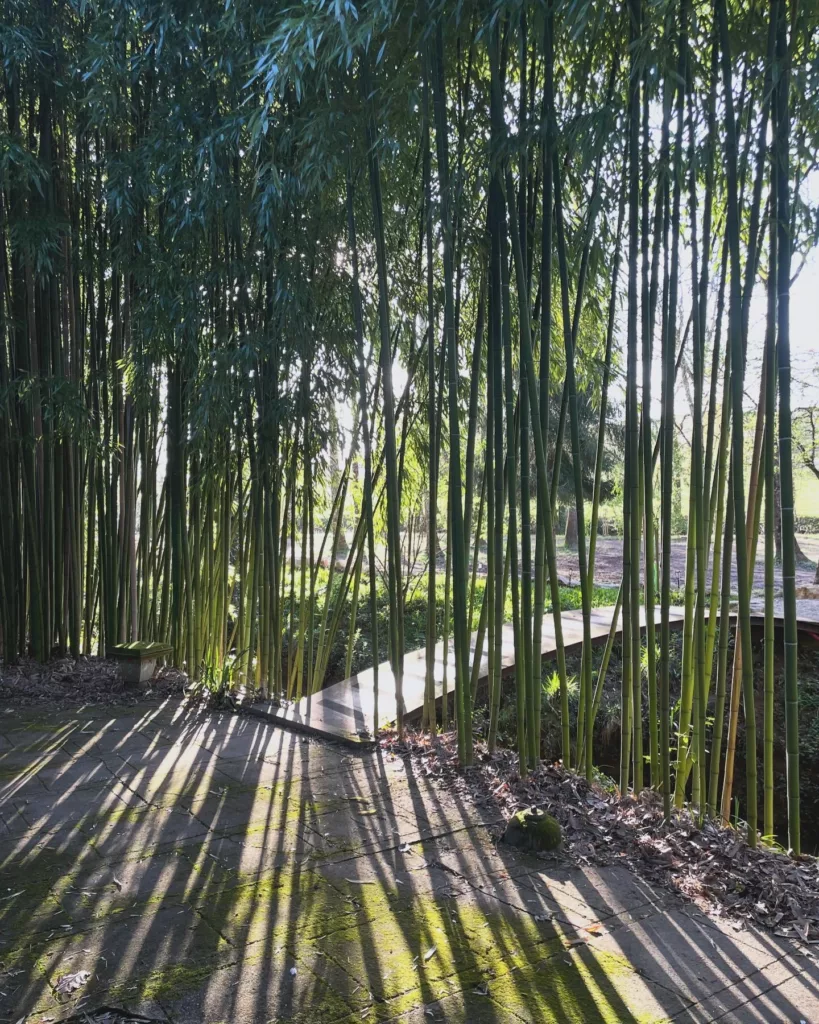We Created Content. But What We Needed was Connection.

High dropout rates leave mindfulness & mental health apps falling short of their potential. Maybe there’s just one thing missing.
In 2016 I found myself sitting in a dimly-lit and soundproofed recording studio in downtown San Francisco, recording guided meditations for the first of what would become a few mindfulness apps that I’ve worked on over the past eight years. I was hopeful: I knew from my own personal experience––and from a growing body of scientific research––that mindfulness practices like focusing on the breath, bringing calm to the body, and letting go of disruptive thoughts can be enormously beneficial in helping people reduce stress, build self-awareness, and improve the quality of their relationships. In case anyone hasn’t noticed, the past several years on this planet have often been quite stressful. If as little as a few minutes per day of these simple practices could improve resilience, improve empathy, and reduce burnout, why not make them available more broadly through an app?
This is the same theory that led mindfulness mega-apps like Headspace and Calm to become not just fun-and-friendly consumer apps, but mental health solution providers for major businesses like Google, Nike, Zendesk, and United Airlines. The hope and the promise they offered was this: meaningful change in people’s well-being, not just for a few people, but for huge numbers of people, inexpensively, at scale, available anytime and anywhere.
At the offset, this theory made sense. But after several years of attempts, it turns out there’s a catch: while these apps were able to make mindfulness or other mental health content widely available, they didn’t succeed in making them widely practiced.
A study in the Journal of Medical Internet Research looked at hundreds of thousands of downloads of the top mental health apps, and found that on average they only had a 4% daily open rate. In other words, even for people who cross the hurdle of finding and downloading these apps, there’s still a less than 1-in-20 chance that an app gets opened on any given day. For people who begin using mental health apps, dropout rates after four weeks are a staggering 85-95%. When it came to mindfulness & mental health content, we thought “if you build it, they will come.” But so far it hasn’t worked out that way. Yes the apps help if you use them––but most people don’t use them, and those that do quickly drop out.
This mattered to me because in order to help people––to reduce stress, to improve mental health & well-being, to cultivate social and emotional skills like empathy & compassion––people need to actually practice the skills that lead to these outcomes. If you want to build physical fitness, you need to exercise; if you want to build mental & emotional skills, you need to “exercise” your mental & emotional skills with some form of regular practice. This has been a clear finding of social & emotional skills research over the past decade: no practice, no benefit.
Don’t get me wrong: for people who are already motivated to improve their well-being or practice mindfulness, these apps can work great. I’ve had friends and family members download some of the popular mental health apps and use them regularly. I’ve met teachers, nurses, and lawyers who say these apps help them to stay balanced in the midst of challenging jobs. But it’s important to also acknowledge the reality that for most people the dropout rate is extremely high, and it’s unlikely that consuming content alone on an app is likely to “stick” as a way to create positive change in your life.
As someone who has dedicated their career to making mental and emotional skills more widely available, I wondered: is there a better way? Is it still possible to use technology to create positive change at scale, without watering down the results?
I pondered that question on and off for a few years.
Then, as fate would have it, one day an answer came.
A colleague texted me out of the blue about a new training approach she tried called the “Dyad,” a funny word that I knew from psychology lingo meant “two” or “a pair of people.” This training was being piloted by an organization called Humanize and was based on research from the Max Planck Society Social Neuroscience Lab in Germany, which had a stellar reputation for researching mental training practices like mindfulness, compassion, and emotional intelligence, so I was curious. The researchers there had come up with a clever design that used an app, but in a way I had never seen before: rather than ask people to do social and emotional skills practices alone, people did the practice together in a group of two, within in a virtual space guided by the app, and for just 15 min/day.
In these Dyads neither person is a professional coach or therapist. There’s no hierarchy, no advice-giving, or anything like that. It’s a peer-to-peer practice between two ordinary people. The two Dyad participants take turns self-reflecting on emotionally significant situations they experienced in the past day, while the other person gives the gift of fully-attentive listening. The whole process takes just 15 minutes, once per day. That’s it. In a way, it’s incredibly simple. In a way, it was revolutionary and ingenious. It harnessed all of the benefits of scalable peer-to-peer technology, but in service of something good: creating greater well-being, empathy, and real social connection.
But what really caught my attention was this: rather than a dropout rate of 90% or more like most apps, training on the Dyad app had a dropout rate of less than 5%. People stuck with it. And because they stuck with it––not just for a few days, but for months in the research––the benefits they experienced were enormous, with significant improvements to resilience, optimism, emotional awareness, empathy, and compassion. Participants also reported liking the Dyad practice a lot, and feeling a sense of social closeness with their partners, even though the partners were total strangers.
I signed up to try the training myself, and eventually, to teach it. I came to see what the magic was: it’s so much easier to learn and grow when you feel you’re not alone, when you’re doing it each day alongside another person just like you.
That was the missing ingredient from our previous digital attempts: we created content, but what we really needed was connection.
I’ve been doing the Dyads myself for two years now. Each week I’m paired with a random person from around the world, and I take turns sharing with them and listening about something significant from my life. And I have to say––as someone who has spent the last two decades trying out every kind of self-reflection practice under the sun––what makes this practice unique is that first and foremost it’s not about “consuming content,” it’s about connecting with another human being.
And so, six years after I began my first entry into the world of digital mental health, I’ve come to a new place. It is possible to scalably help people to find calm, balance, and well-being in the midst of our crazy world. It’s even possible to go a step further and proactively build social and emotional skills we need for our times, like resilience, empathy, and compassion.
But if we’re going to do it, we need to improve on past models of DIY learning that ask people to pursue well-being and personal growth alone. It’s not as effective, it’s not as fun, and at the end of the day most people drop out. Instead we need to harness peer-to-peer technology to help people grow together. Doing so is more effective, it’s more fun, and perhaps most importantly, it’s more human.

